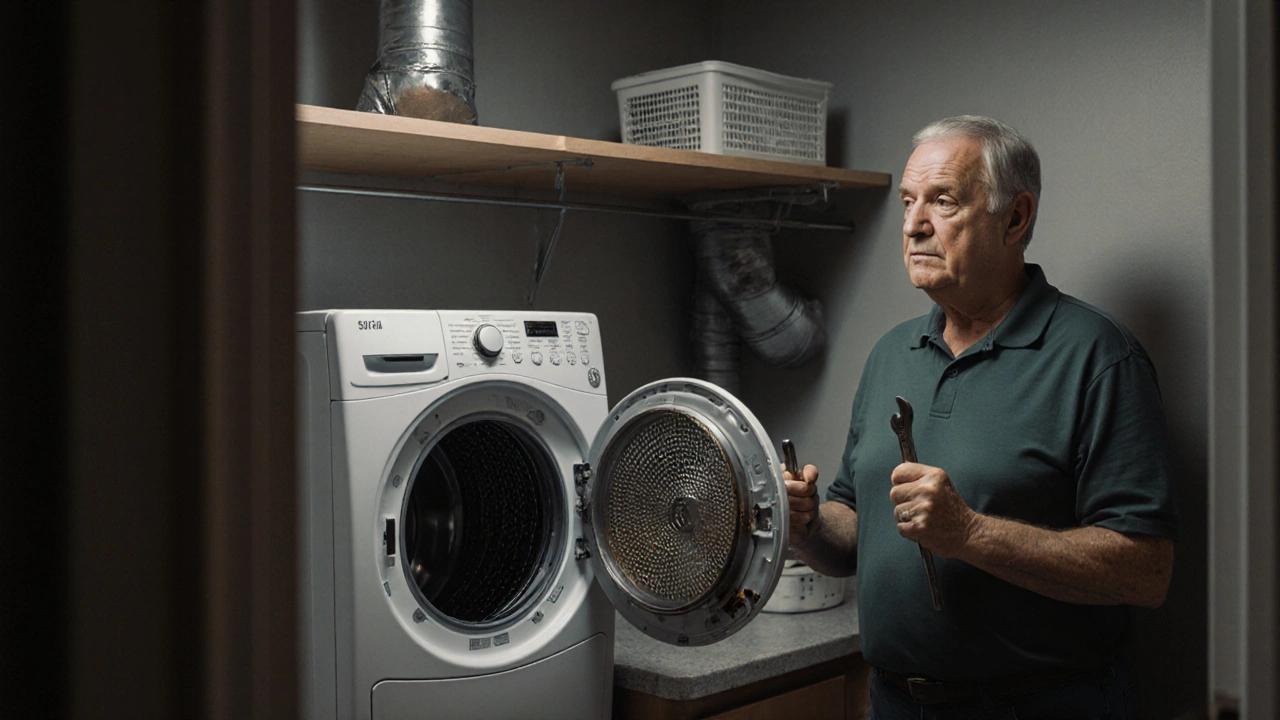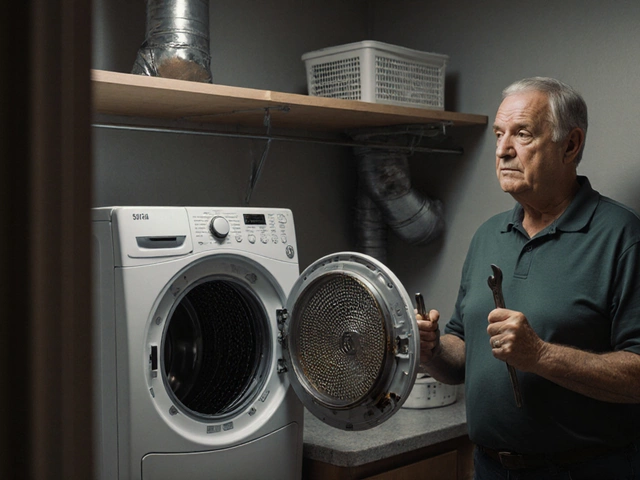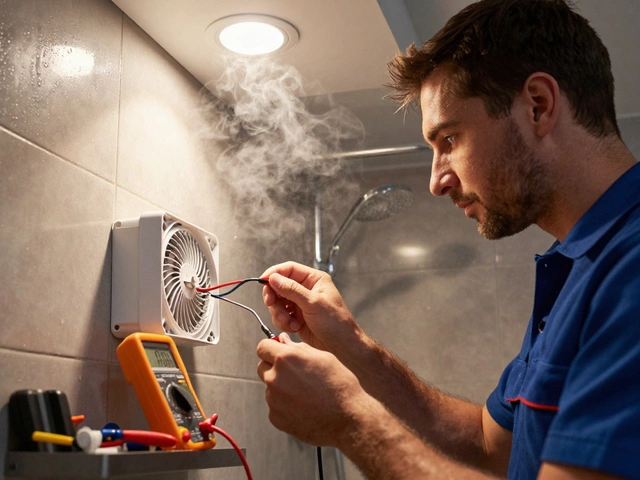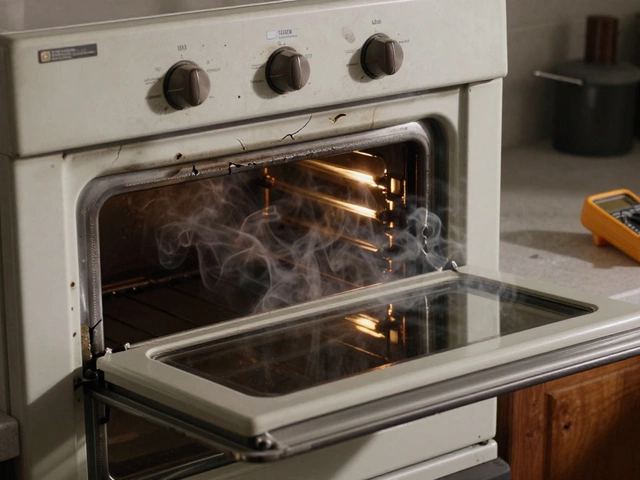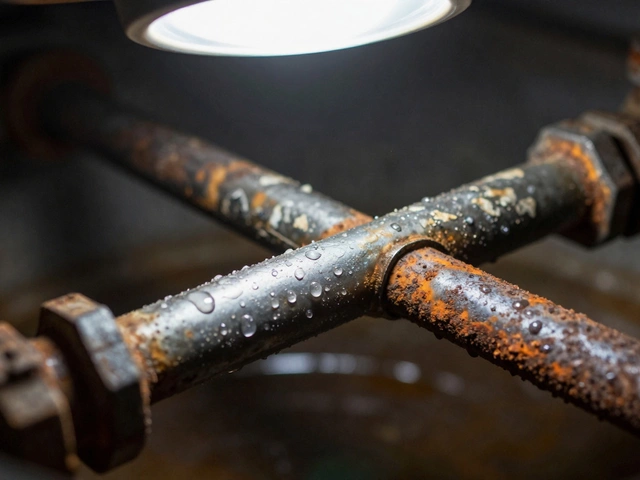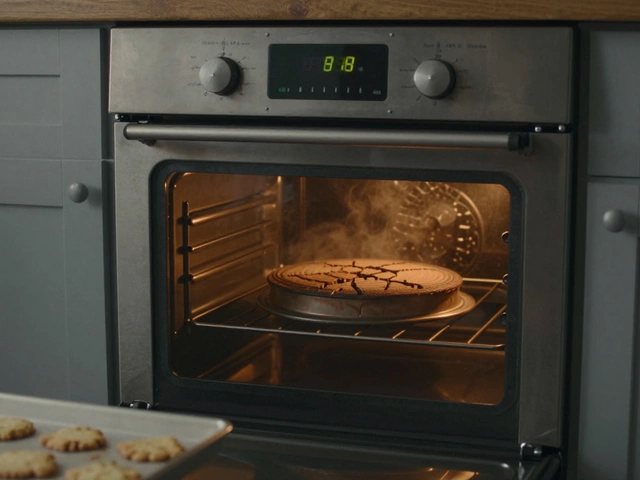Dryer Repair vs. Replacement Cost Calculator
Ever wonder why a dryer that’s acting up sometimes feels like a lost cause? You might be staring at a broken drum, a wonky thermostat, or a heating element that refuses to warm up. Before you call a tech or start pulling screws yourself, ask this: is fixing it really worth it? Below we walk through the signs that say ‘don’t waste time on a repair’ and help you decide when it’s smarter to replace the whole unit.
Understanding How a Dryer Works
Dryer is a household appliance that removes moisture from laundry by tumbling clothes with heated air. It relies on a few key parts:
- The drum that rotates to tumble clothes.
- The heating element (or gas burner) that produces hot air.
- The thermostat that tells the machine when clothes are dry.
- The venting system that expels moist air outside.
- The lint filter that catches fibers before they clog the vent.
When any of these components fail, the dryer either won’t heat, won’t tumble, or won’t signal when it’s done. That’s where dryer repair is the process of diagnosing and fixing faulty dryer components comes into play.
When Repair Costs Outweigh Benefits
Here are the most common scenarios where you should walk away from the repair shop:
- Age of the dryer - If your dryer is older than 10‑12 years, parts may be scarce and labor rates higher. Most manufacturers sell a new unit for about the same price as a major overhaul on an old model.
- High repair estimate - When a technician quotes more than 50% of the price of a comparable new dryer, it’s a clear red flag.
- Recurring failures - If the same part keeps breaking (e.g., the heating element burns out repeatedly), the underlying issue is likely deeper, making future repairs a guessing game.
- Energy inefficiency - Older dryers often have lower energy‑efficiency ratings (e.g., 3.5kg per kWh) compared to modern machines that can save $30‑$50 a year on electricity.
- Warranty expired - Without a valid warranty, you’ll foot the entire bill for parts and labor.
Cost Comparison: Repair vs. Replace
| Factor | Typical Repair | New Dryer Purchase |
|---|---|---|
| Parts | $80‑$250 | $600‑$1,200 |
| Labor | $100‑$150 | Included |
| Energy Savings (5‑year) | ‑ | -$150‑$250 |
| Warranty | None (unless you have a service plan) | 1‑year limited, optional extended |
| Total Approx. | $180‑$400 | $600‑$1,200 |
These numbers are based on New Zealand averages for mid‑range models (2024‑2025 market). If your repair estimate lands near the top of the repair range and your dryer is more than a decade old, the new‑dryer price starts to look like a better deal.
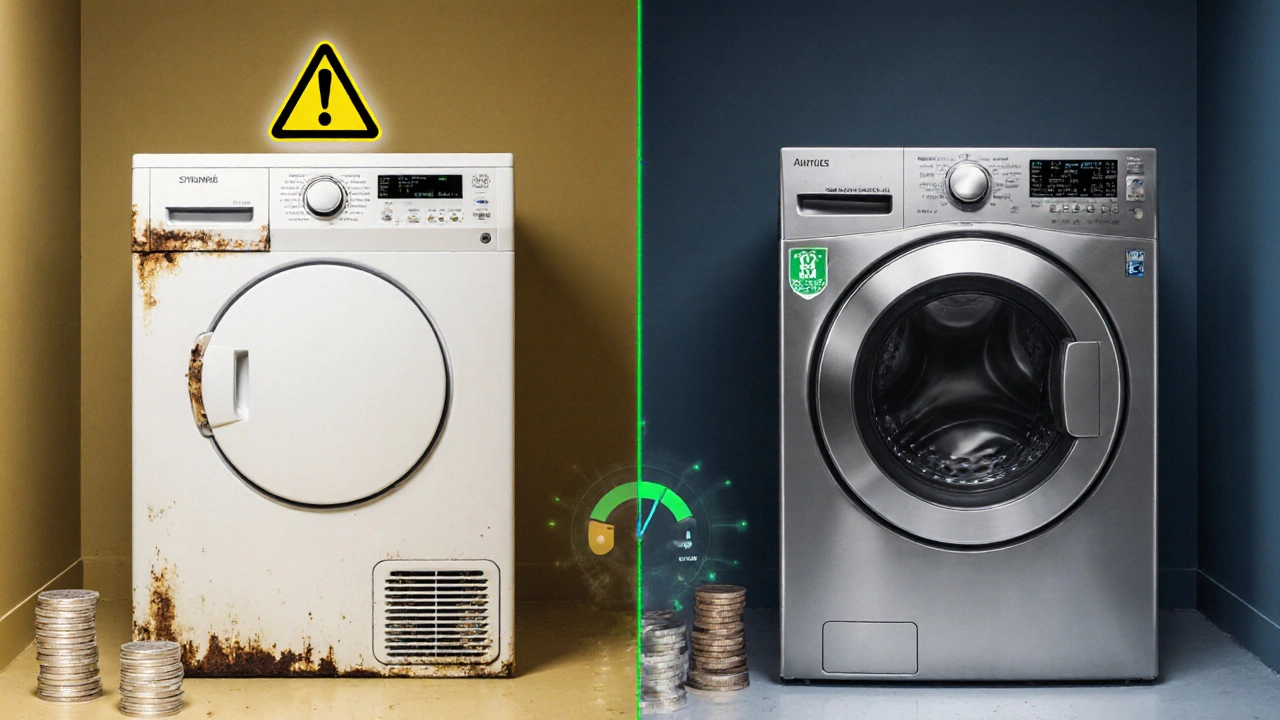
Hidden Risks of a ‘Fixed’ Dryer
Even if the repair seems cheap, consider these long‑term drawbacks:
- Safety hazards - A faulty heating element or broken vent can cause overheating and fires. The NZ Electrical Code requires compliant appliances.
- Reduced lifespan - An older machine that’s been patched may fail again within months, leading to repeated downtime.
- Higher energy bills - Inefficient cycles waste electricity and increase your utility costs.
- Insurance implications - Some insurers charge higher premiums for homes with known appliance defects.
Decision Checklist: Repair or Replace?
Use this quick list before you pick up the phone:
- Check the dryer’s age. If >12years, lean toward replace.
- Get a written estimate. If labor + parts >50% of a new unit, consider replace.
- Ask about part availability. Scarce parts often mean longer downtime.
- Calculate energy impact. Newer models have better energy efficiency ratings (e.g., A+++).
- Review warranty status. No warranty? Replacement may give you peace of mind.
If you tick more than three boxes, it’s probably time for a fresh dryer.
What to Look for in a Replacement Dryer
When you decide to replace, keep these features in mind:
- Sensor drying - Detects moisture levels and stops the cycle early, saving energy.
- Heat pump technology - Uses less electricity than traditional electric heating.
- Large lint filter - Reduces clogs and improves vent flow.
- Stainless‑steel drum - Durable and less prone to rust.
- Smart connectivity - Lets you monitor cycles from a phone app.
Brands that consistently score high in NZ consumer reviews include Bosch, Samsung, and Miele. Compare model specifications side‑by‑side before you buy.
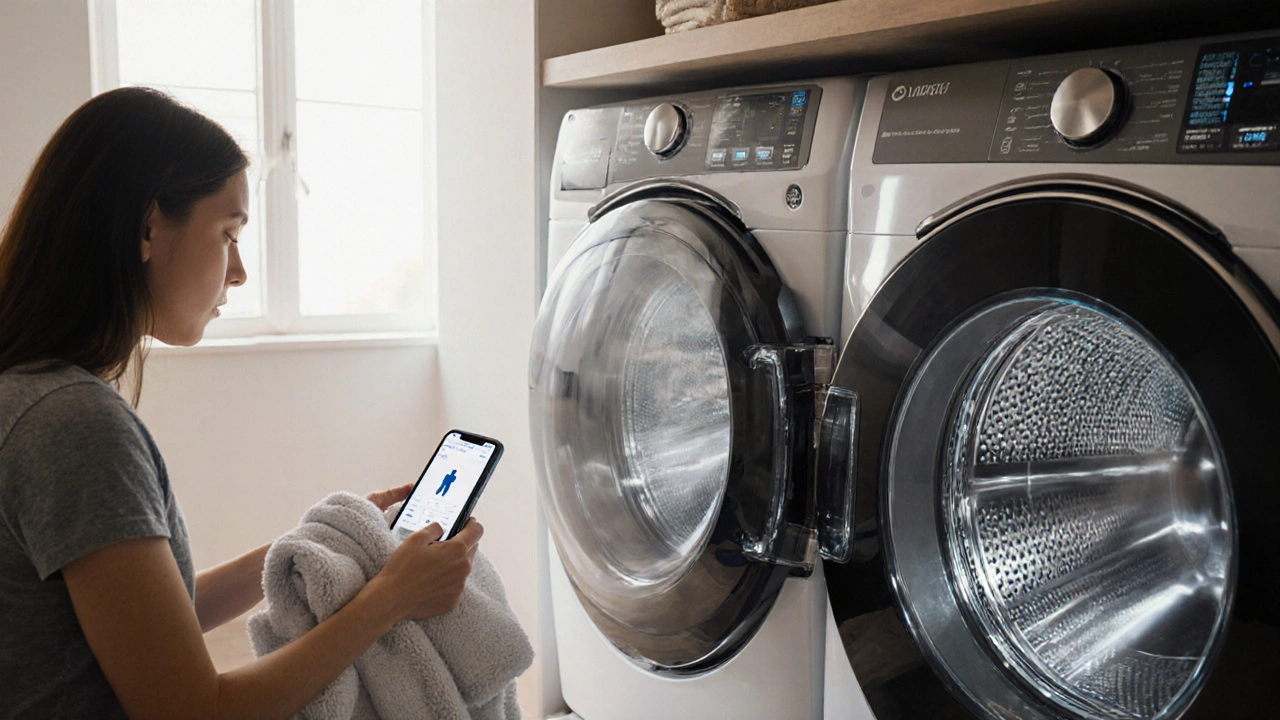
DIY vs. Professional Repair: When to Call an Expert
If you’re handy, simple tasks like cleaning the lint filter or descaling the vent can be DIY. However, avoid the following unless you’re a qualified electrician:
- Replacing the heating element or gas burner.
- Working on the thermostat or control board.
- Modifying the venting system.
Professional technicians have the tools to safely test voltage, check gas pressure, and ensure compliance with the NZ building code.
Final Thoughts
Not every dryer deserves a second chance. Age, cost, energy waste, and safety are the big factors that tip the scales toward replacement. Use the checklist, weigh the numbers, and remember that a modern, efficient dryer can pay for itself in lower bills and fewer headaches.
Frequently Asked Questions
How long does a typical dryer last?
Most dryers last between 10 and 14 years with regular maintenance. Units older than 12 years often face more frequent breakdowns.
Can I repair a dryer myself?
Simple tasks like cleaning the lint filter or checking the vent can be DIY. Anything involving the heating element, thermostat, or gas connections should be left to a licensed technician.
What are the signs a dryer needs replacement?
Frequent repairs, high energy bills, noisy drums, failure to heat, and an age over 12 years are strong indicators that replacement is the smarter move.
Is a heat‑pump dryer worth the extra cost?
Heat‑pump dryers use up to 50% less electricity than conventional models, often recouping the higher upfront price in 3‑5 years through energy savings.
How often should I clean my dryer vent?
At least once a year, or more often if you dry bulky items like towels. A clogged vent is a common fire hazard.

